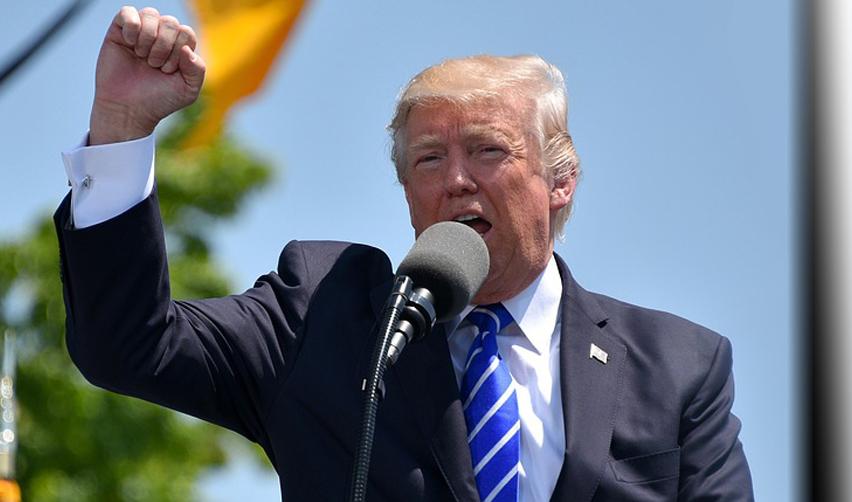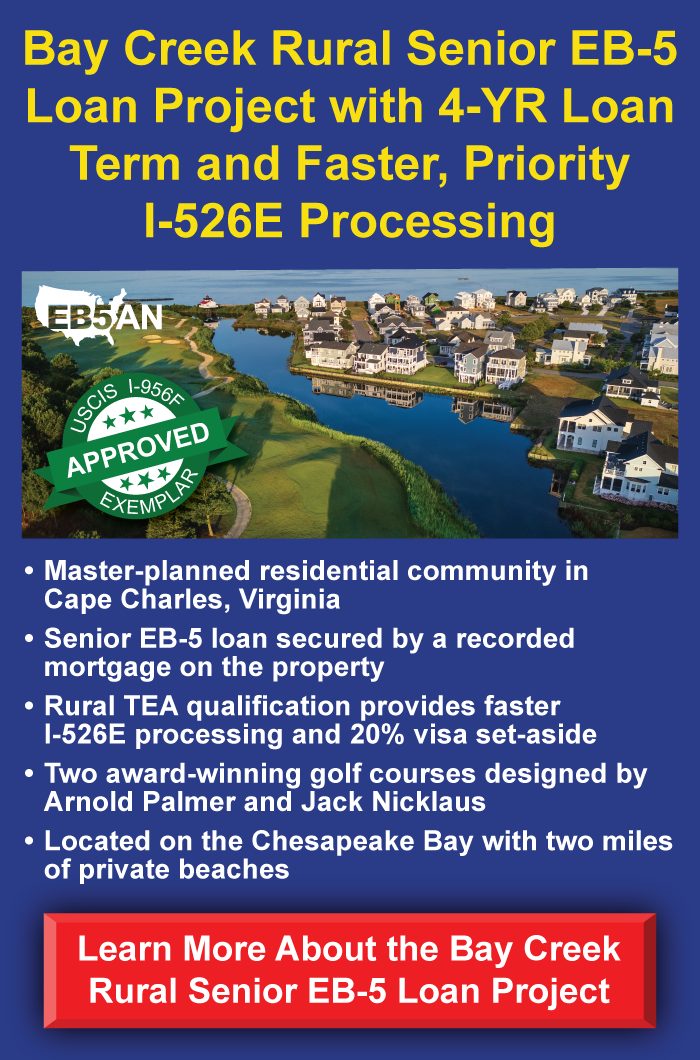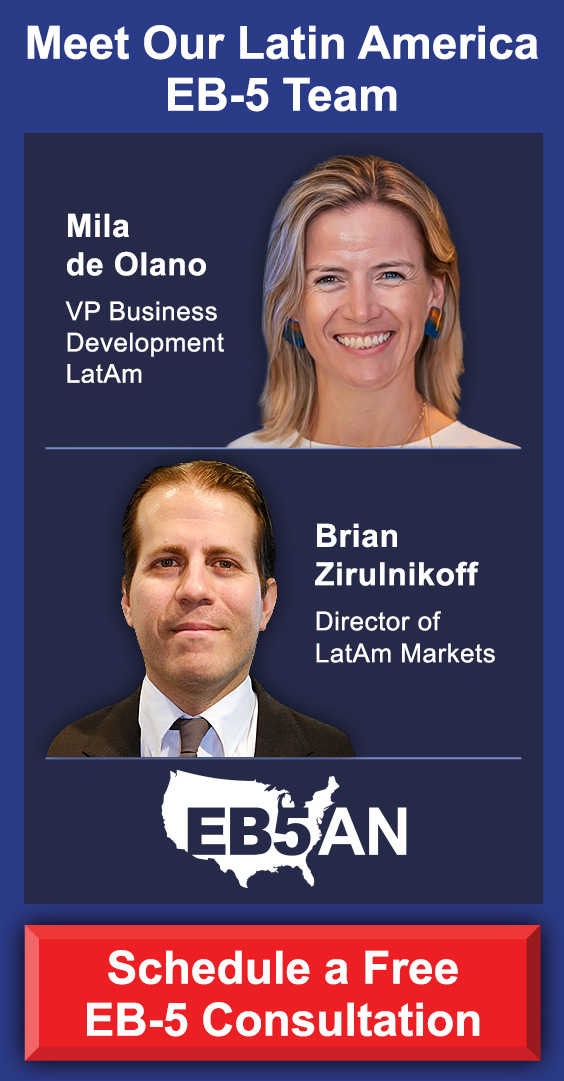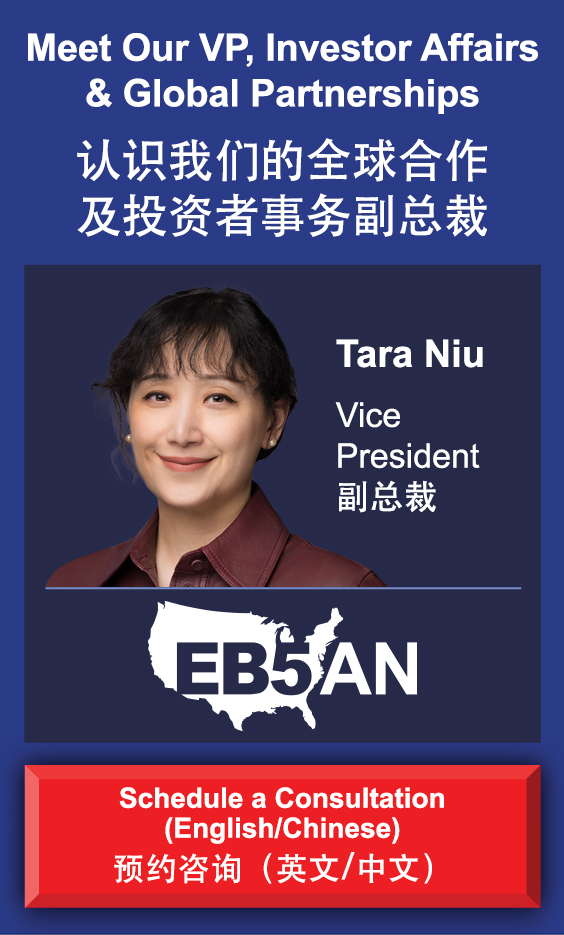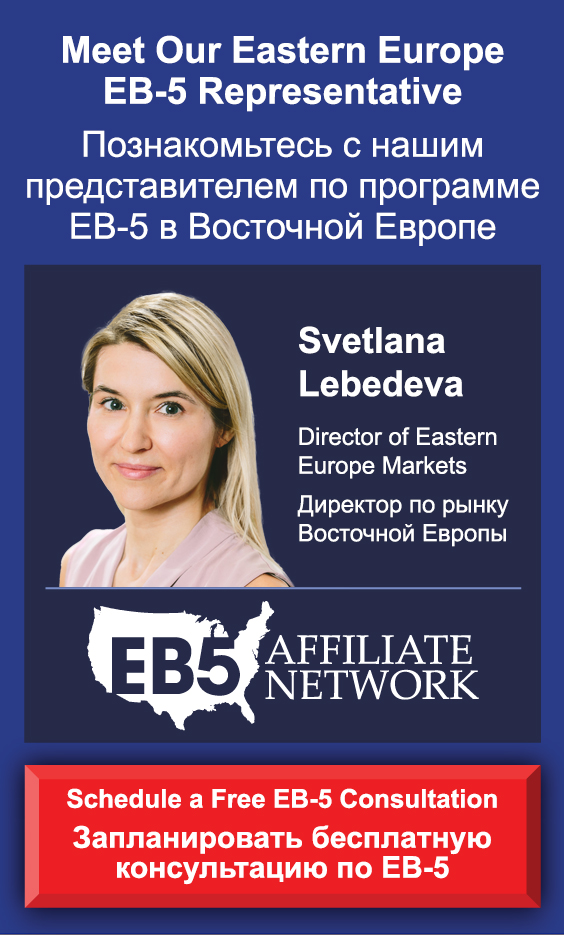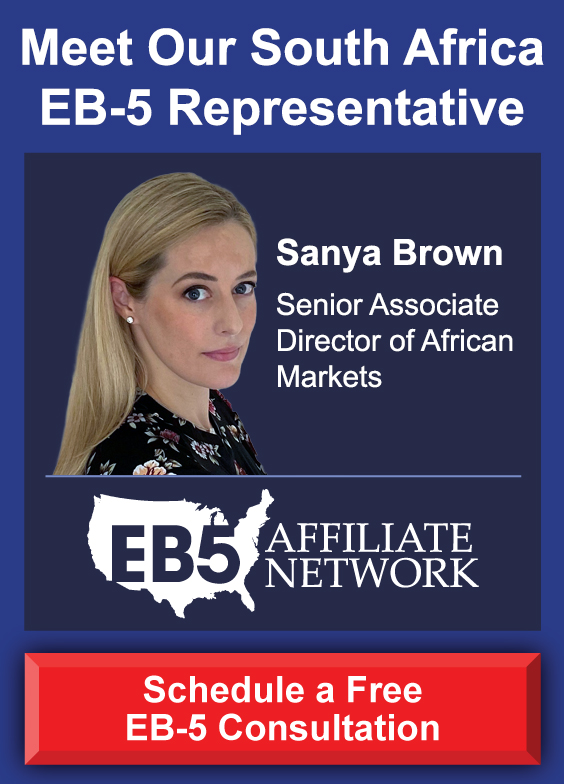President Donald Trump has announced trade tariffs on nations worldwide. The resulting tariffs have led to higher inflation, drops in stock values, and increased global uncertainty.
Many in the EB-5 industry now wonder about the implications of Trump’s tariffs for the EB-5 Immigrant Investor Program.
In this article, we’ll explore the potential advantages and disadvantages of these tariffs for EB-5 visas, how foreign investors can protect themselves, and where to turn for reliable help in getting U.S. Green Cards fast.
What Are the Trump Tariffs?
What Are the Upsides of Trump’s Tariffs for the EB-5 Program?
- Higher Demand for U.S. Manufacturing
- Increased Attractiveness of Running a U.S. Business
- Greater Motivation to Develop Alternative Financing Options
What Are the Downsides of Trump’s Tariffs for the EB-5 Program?
Will Trump Cancel the EB-5 Program?
How Investors Can Protect Themselves From the Impact of Tariffs
- Diversify Funding Sources
- Choose Well-Financed Projects
- Invest in Recession-Resilient Industries
- Look for Projects With Job Cushions
- Stay Informed on Exchange Rates and Transfer Timing
Invest in a Low-Risk EB-5 Project With EB5AN
What Are the Trump Tariffs?
The new administration announced tariffs using powers under the International Emergency Economic Powers Act (IEEPA), which grants the president authority to regulate commerce in response to national emergencies. The IEEPA provides the president with authority, subject to limitations, to regulate financial transactions that threaten national security, the economy, or foreign policy. The Carter Administration was the first administration to invoke it in matters of public policy.
In April, U.S. Trade Representative Jamieson Greer publicly endorsed Trump’s use of IEEPA authorities to address the lack of reciprocity in bilateral trade relationships. The White House claimed that such tariffs were aimed at addressing national security threats, including drug trafficking, illegal immigration, and foreign economic policies that threaten domestic production of essential goods. The administration has blamed trade imbalances for the loss of millions of American jobs to foreign workers and for impeding U.S. access to foreign markets.
Trump said his tariff policy will bring in trillions of dollars in tariff revenue over the next 10 years. Some have also called these immigration tariffs, as they constitute a tool to pressure other countries to cooperate on border security and curb the movement of illegal immigrants.
In mid-May, the Brookings Institution assessed that additional tariffs on other nations were likely to follow.
What Are the Upsides of Trump’s Tariffs for the EB-5 Program?
The White House’s tariff policy may provide indirect benefits to some aspects of the EB-5 program.
Higher Demand for U.S. Manufacturing
The Trump tariffs seek to protect domestic manufacturing by making imported goods pricier. Job creation is a key requirement of the EB-5 program. So tariffs that help U.S. manufacturing could result in more job-creating projects, particularly in rural or high-unemployment areas.
Such tariffs might also attract further EB-5 capital to projects that will become more profitable thanks to reduced competition with foreign entities.
Increased Attractiveness of Running a U.S. Business
Tariffs may persuade some individuals abroad that moving to the United States to set up an American company is more desirable, attracting additional investors to the program. This effect may be more pronounced in the countries most adversely affected by tariffs, as investors search for other ways to profit in U.S. markets.
Greater Motivation to Develop Alternative Financing Options
In response to global market volatility and currency depreciation affecting investor liquidity, some regional centers are offering financing solutions. However, investors should be cautious of offers that seem too good to be true and always make due diligence a top priority.
Tariffs have also made construction materials more expensive, and some developers have also turned to EB-5 capital as another financing source to counter increased construction prices.
What Are the Downsides of Trump’s Tariffs for the EB-5 Program?
The global trade tariff policy of the new administration may also have negative effects on some aspects of the EB-5 program.
Cost Inflation
Many EB-5 projects are connected to real estate. Tariffs on imported construction materials, including steel and aluminum, mean that EB-5 developers and projects may have to pay higher prices.
Higher input costs and the increased risk of associated project delays may make it harder to fulfill EB-5 job creation requirements on time in the case of some weaker projects. They also mean that lower returns on investment are possible, especially after taking into account the taxes paid.
Some investors will thus face greater immigration and financial risks.
Reduced Investor Liquidity
Tariff-induced market volatility has led to declines in global stock markets and currency depreciation in countries like China, Vietnam, and India. This economic environment reduces the liquidity of potential EB-5 investors, making it more challenging for some to pay the $800,000 minimum investment and associated expenses.
Will Trump Cancel the EB-5 Program?
In late February, President Donald Trump and Commerce Secretary Howard Lutnick criticized the EB-5 program, claiming it grants U.S. permanent residency to foreign nationals at too low a cost. They announced plans to replace the EB-5 program with a “Gold Card” that would provide Green Card privileges and a pathway to U.S. citizenship for each vetted foreign investor who pays $5 million to the U.S. government. Trump suggested that these Gold Cards would start selling in weeks.
Only the federal government can issue visas and determine visa availability. However, under the current immigration system, setting immigration policy isn’t solely a White House prerogative. It’s very unlikely that the Gold Card initiative will replace the EB-5 program anytime soon.
The EB-5 program is still available and will remain active for the foreseeable future. EB-5 related complaints about fraud are largely overblown, and many stakeholders understand the benefits of foreign investment to domestic economic growth. Industry experts believe termination is unlikely at this point, as undoing the EB-5 program would require congressional approval and a lengthy legislative process.
In addition, the EB-5 Reform and Integrity Act of 2022 (RIA) guarantees protection for all investors who submit their petitions by September 30, 2026. United States Citizenship and Immigration Services (USCIS) will process all such applications even if there are future lapses, thanks to the RIA’s grandfathering clause.
Developers can still plan EB-5 projects and investors from other countries can still apply to the program with confidence.
How Investors Can Protect Themselves From the Impact of Tariffs
Since tariffs may affect EB-5 project viability, job creation, and overall risk, it’s important for investors to think about how to safeguard their own interests. Prospective investors can do several things to shield themselves from negative tariff implications EB5 projects may encounter.
Diversify Funding Sources
Try to avoid projects that are solely dependent on EB-5 capital, as such projects may be vulnerable to delays.
Instead, pursue projects that rely on multiple sources of funding instead of one asset class.
These will be less affected by tariffs or market drops.
Choose Well-Financed Projects
Select an EB-5 project with solid non-EB-5 financing, such as bank loans or equity investors, and good contingency plans. Check with developers to ensure they have taken the possibilities of tariff-related delays, cost overruns, and tax implications into account.
Invest in Recession-Resilient Industries
Choose domestic-focused sectors, as they are generally less affected by trade volatility and less likely to see a large jump in operational costs.
Consider projects that are less dependent on imported materials or that have already obtained construction materials at fixed lower prices.
Look for Projects With Job Cushions
Every EB-5 investor must show that their investment created at least 10 full-time jobs for U.S. workers.
Projects that create jobs in excess of minimum requirements can offset any reductions caused by cost overruns or delays.
Stay Informed on Exchange Rates and Transfer Timing
Watch exchange rates and consider transferring funds during favorable currency windows. Use structured remittance options or forward contracts to lock in rates and protect against further depreciation.
Invest in a Low-Risk EB-5 Project With EB5AN
The most important thing you can do to protect your interests as an EB-5 investor is to partner with EB-5 experts who have a proven track record of navigating change. They’ll be able to adapt to tariff-related challenges, ensure compliance with USCIS requirements, and help you mitigate risks connected to tariffs.
Despite the potential negative implications of the new tariffs from the Trump administration, the EB-5 Immigrant Investor Program remains a solid and reliable legal immigration pathway to a U.S. Green Card. For the foreseeable future, the program will continue to allow foreign nationals and their eligible family members to immigrate legally without employer sponsorship.
Be sure to contact a reputable EB-5 investment firm and immigration law attorney for additional details on how to obtain your Green Card smoothly and quickly.
EB5AN has helped more than 2,700 families from 70+ countries relocate to the United States as lawful permanent residents. Our expert team has more than a decade of experience, and offers clients first-rate, low-risk EB-5 regional center projects with 100% USCIS project approval rate to date.
To learn more, book a free call with us today.

